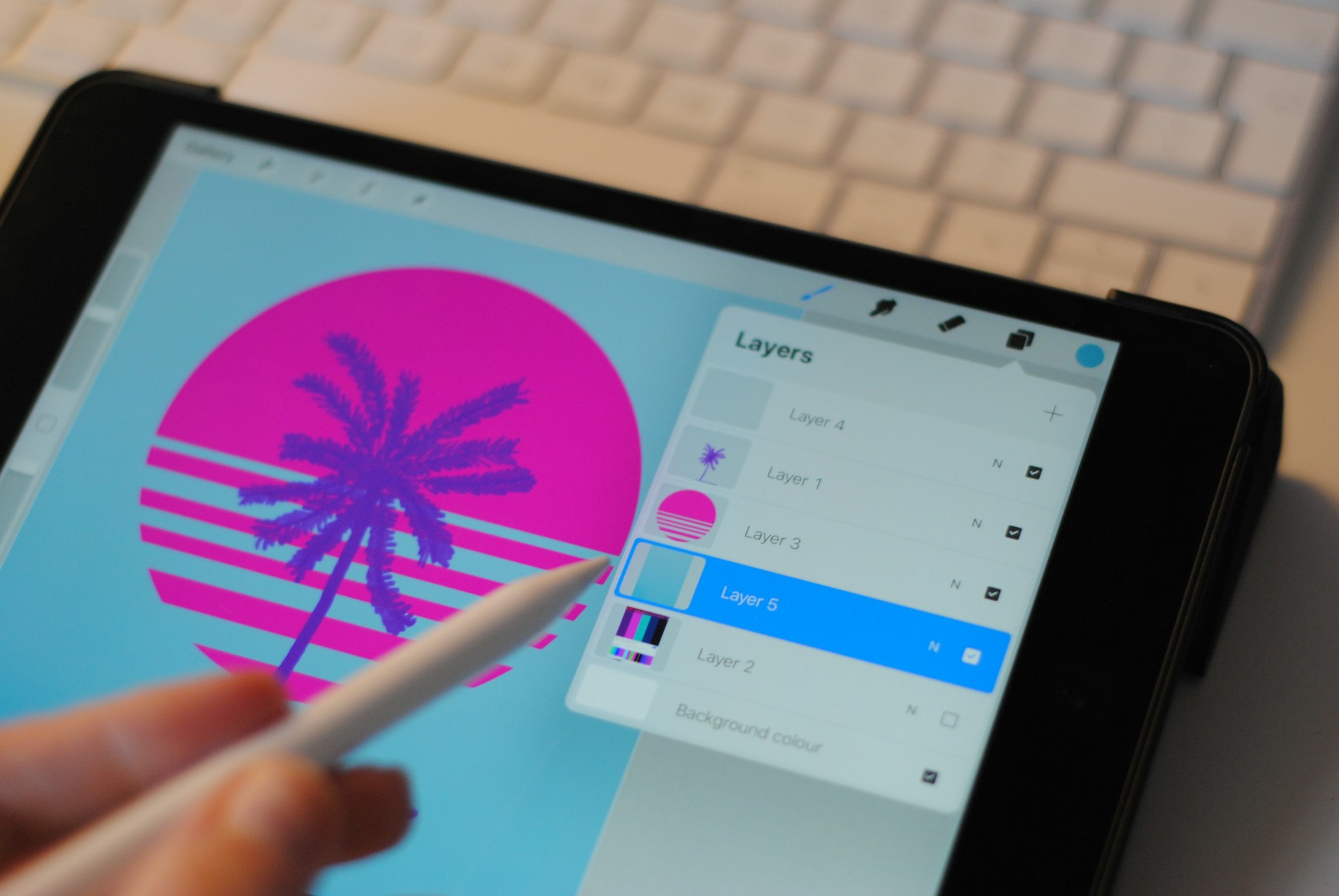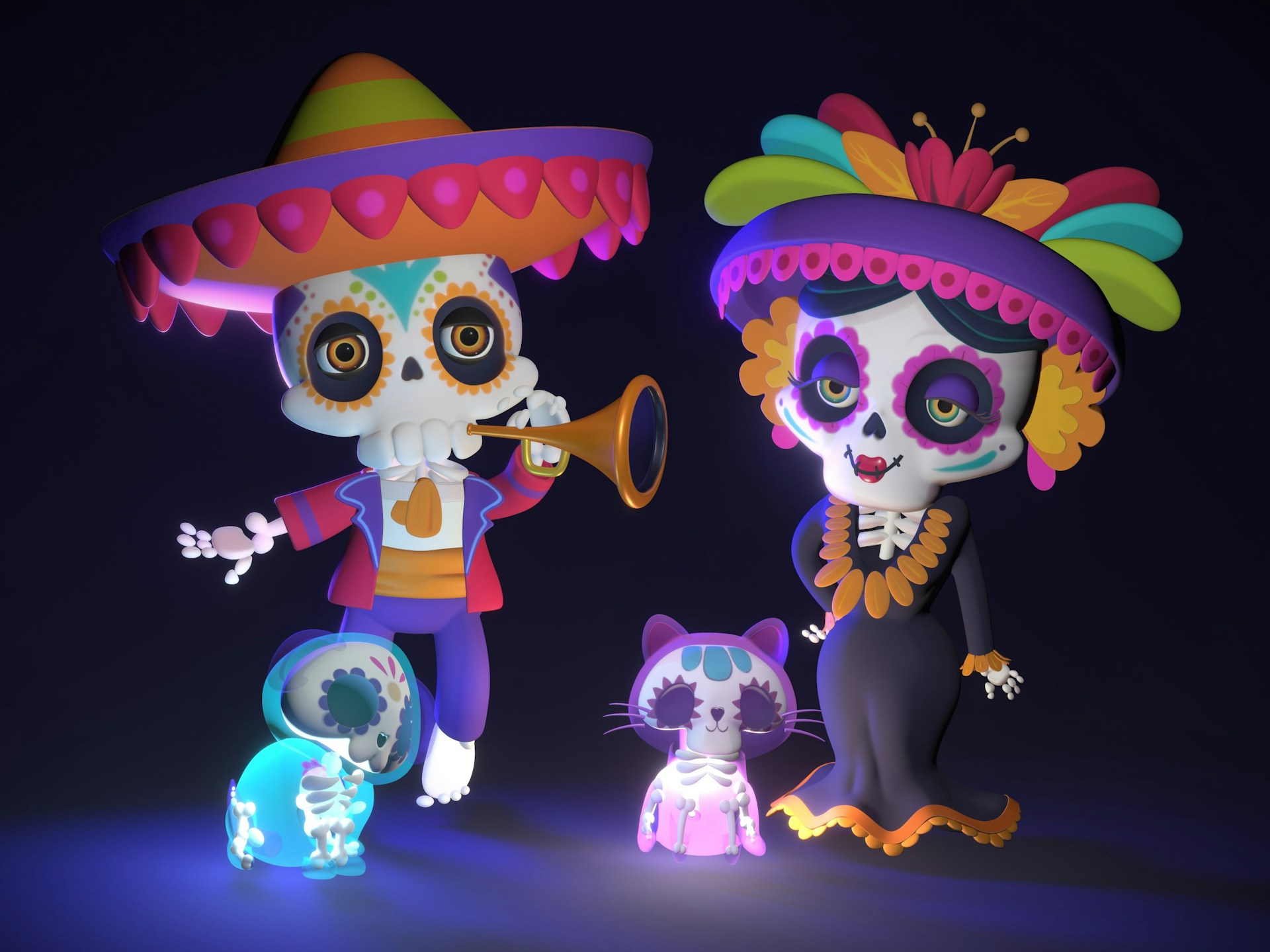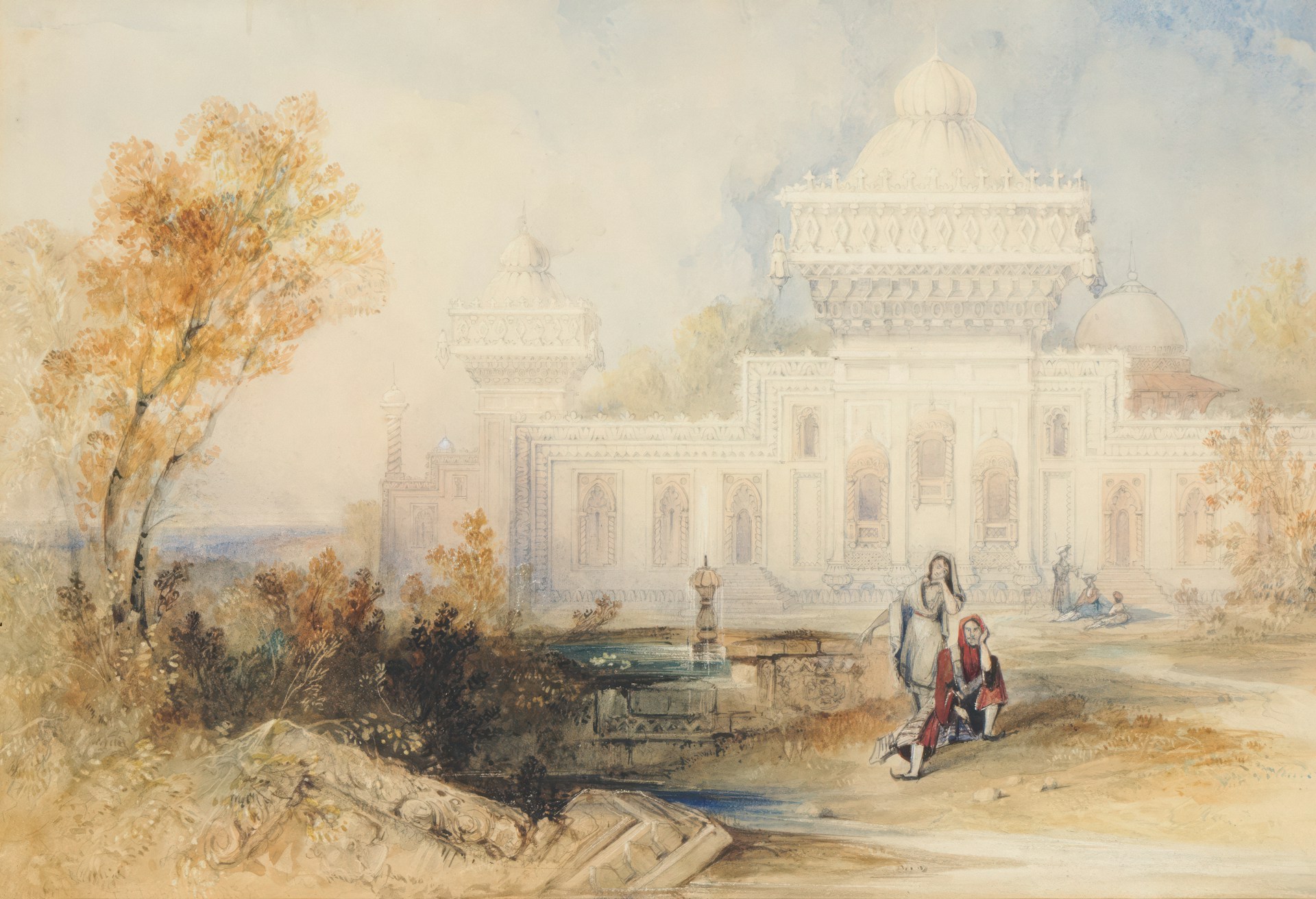
Emerging technologies in illustration
Illustration is on the brink of a technological revolution. With the advancement of cutting-edge technologies like virtual reality and augmented reality, illustrators now have the tools to create immersive and interactive visual experiences that were once only a figment of imagination. These emerging technologies are reshaping the way illustrations are created and consumed, opening up new possibilities for storytelling and engagement. By harnessing the power of virtual and augmented reality, illustrators can transport viewers into fantastical worlds and blur the lines between reality and imagination.
Impact of virtual reality on illustration
With the rapid advancement of virtual reality (VR) technology, the field of illustration is experiencing a significant transformation. Artists and illustrators are embracing the immersive capabilities of VR to create captivating and interactive visual experiences. By leveraging VR tools, illustrators can now craft three-dimensional artworks that allow viewers to engage with the illustrations in a whole new way, blurring the lines between the digital and physical worlds.
Virtual reality is revolutionizing the way illustrations are consumed and appreciated. Viewers can now step into a virtual gallery and explore illustrations from different angles, providing a more dynamic and engaging viewing experience. This interactive nature of VR illustrations opens up endless possibilities for storytelling and creative expression, pushing the boundaries of traditional illustration methods. As VR technology continues to evolve, the impact on the field of illustration is expected to be profound, ushering in a new era of artistic innovation and audience engagement.
Augmented reality and its role in the future of illustration
Augmented reality (AR) has rapidly gained momentum in various industries, including illustration. By seamlessly blending the physical world with digital elements, AR opens up exciting possibilities for illustrators to create immersive and interactive experiences for their audiences. Through AR, illustrations can transcend traditional formats, allowing viewers to engage with artwork in novel ways that were previously unimaginable.
The integration of AR in illustration offers a unique avenue for artists to push the boundaries of creativity and storytelling. With the ability to overlay digital content onto physical environments, illustrators can craft dynamic narratives that come to life before the viewer’s eyes. This fusion of real-world settings with virtual elements not only enhances the impact of illustrations but also paves the way for new forms of artistic expression that cater to the evolving tastes and preferences of modern audiences.
Artificial intelligence in the world of illustration
Artificial intelligence has been making significant strides in the world of illustration, revolutionizing the way artists create and interact with digital art. With AI-powered tools like generative adversarial networks (GANs) and neural style transfer, illustrators can automate certain aspects of the creative process, allowing for greater efficiency and innovation in their work. These technologies assist artists in generating new ideas, exploring different artistic styles, and enhancing the overall visual impact of their illustrations.
Moreover, AI has the potential to aid illustrators in tasks such as color selection, composition, and even creating custom brushes based on an artist’s unique style. By integrating artificial intelligence into their workflow, illustrators can streamline tedious processes, unlock new creative possibilities, and push the boundaries of what is achievable in illustration. As AI continues to advance, it is poised to become an indispensable tool for artists looking to expand their artistic horizons and create visually captivating illustrations.
The rise of 3D illustration
3D illustration has been gaining popularity in recent years, captivating audiences with its ability to bring depth and realism to visual storytelling. By incorporating three-dimensional elements into their work, illustrators can create immersive experiences that engage viewers on a whole new level. This shift towards 3D illustration has opened up a world of possibilities, allowing artists to push the boundaries of traditional two-dimensional artwork and explore innovative ways to captivate their audience.
One of the key advantages of 3D illustration is its versatility and adaptability across various mediums, from print to digital platforms. This multidimensional approach not only adds a new dimension to the visual narrative but also offers a unique and engaging perspective to viewers. With advancements in technology making 3D modeling more accessible, illustrators are able to experiment and push the boundaries of their creativity, creating visually stunning and dynamic illustrations that leave a lasting impression on their audience.
Innovative tools for digital illustration
Digital illustration has significantly evolved thanks to the continuous advancements in technology. Among the groundbreaking tools that have revolutionized the field are graphic tablets and styluses, which allow artists to create intricate designs with precision and fluidity. These tools provide a seamless transition from traditional drawing methods to digital platforms, offering a wide range of features that cater to the diverse needs of illustrators.
In addition to graphic tablets, software applications such as Adobe Illustrator, Procreate, and Affinity Designer have become indispensable tools for digital illustrators. These programs offer an extensive array of brushes, layers, and effects that enhance the creative process and give artists the freedom to experiment with different styles and techniques. With the integration of advanced tools and features, digital illustration has become more accessible and versatile, empowering artists to bring their imaginative visions to life with ease.
Interactive illustration experiences
Interactive illustration experiences are transforming the way audiences engage with art. Through interactive technology, viewers can now actively participate in the storytelling process, making the experience more immersive and engaging. From touch-sensitive screens to virtual reality headsets, these interactive elements allow users to explore illustrations in a way that goes beyond static images on a page.
As illustrators continue to embrace interactive techniques, the boundaries of traditional art forms are being pushed further. Interactive illustration experiences not only cater to a more tech-savvy audience but also open up new possibilities for creative expression. By incorporating elements of interactivity, illustrators can captivate viewers in a whole new way, creating memorable and dynamic visual narratives.
The fusion of traditional and digital illustration techniques
Traditional and digital illustration techniques have long been considered as distinct and separate practices within the realm of visual arts. However, in recent years, there has been a significant shift towards blending these two approaches to create unique and innovative artworks. This fusion allows artists to combine the precision and detail of traditional mediums such as pencil, ink, and paint with the endless possibilities and flexibility offered by digital tools.
By merging traditional and digital techniques, artists are able to leverage the tactile nature of hand-drawn elements while also taking advantage of the speed and efficiency that digital software provides. This hybrid approach not only opens up new avenues for creative expression but also allows illustrators to experiment with different styles, textures, and effects that would be difficult to achieve using either method alone. As a result, the fusion of traditional and digital illustration techniques has become increasingly popular among artists looking to push the boundaries of their work and create visually captivating pieces that resonate with audiences in a modern and dynamic way.
The importance of storytelling in illustration
Storytelling is at the heart of illustration, serving as a powerful tool to engage viewers and evoke emotions. Through a well-crafted narrative, illustrators can bring their creations to life, creating a deeper connection with their audience. The use of storytelling in illustration not only captivates viewers but also helps convey a message or theme in a more impactful and memorable way. By incorporating elements of storytelling into their work, illustrators can transport viewers to new worlds, evoke empathy, and inspire imagination. This ability to tell a compelling story through visuals is what sets illustrators apart and elevates their work to a new level of artistry and creativity.
Cultural influences on the future of illustration
Illustration has always been influenced by the cultural background of artists, and this trend is expected to continue shaping the future of the craft. As artists from diverse cultural backgrounds bring their unique perspectives into the world of illustration, we can anticipate a rich tapestry of styles and themes emerging. These cultural influences not only enrich the visual storytelling aspect of illustrations but also bring attention to important societal issues and narratives that may have been previously underrepresented.
Furthermore, as technology enables greater collaboration and sharing of artwork across different cultural spheres, we can expect to see a greater fusion of ideas and techniques in the world of illustration. This cross-pollination of cultural influences has the potential to break down barriers and stereotypes, fostering a more inclusive and diverse illustration landscape. Through embracing cultural influences, illustrators can create works that resonate with a global audience and provoke meaningful conversations around identity, heritage, and tradition.
• Illustration has always been influenced by the cultural background of artists
• Artists from diverse cultural backgrounds bring unique perspectives into illustration
• Anticipate a rich tapestry of styles and themes emerging in the future
• Cultural influences enrich visual storytelling and bring attention to societal issues
• Technology enables greater collaboration and sharing of artwork across cultures
• Fusion of ideas and techniques leads to a more inclusive illustration landscape
• Cross-pollination breaks down barriers, fosters diversity, and provokes meaningful conversations around identity, heritage, and tradition.
The role of social media in promoting illustrators
Social media platforms have revolutionized the way illustrators connect with their audience, allowing for direct communication and engagement. With the ability to showcase their work instantly to a global audience, illustrators can gain exposure and build a strong following. By sharing their process, inspirations, and behind-the-scenes glimpses, illustrators can create a personal connection with their followers, humanizing their art and fostering a loyal fan base.
Moreover, social media provides a powerful marketing tool for illustrators to promote their work, attract potential clients, and collaborate with other creatives. Through strategic use of hashtags, tagging relevant accounts, and participating in online challenges and collaborations, illustrators can expand their reach and network within the industry. Social media also offers a platform for illustrators to stay updated on trends, diversify their portfolio, and adapt to the ever-changing demands of the market.
Sustainability and ethical considerations in illustration
Illustrators today are increasingly taking sustainability and ethical considerations into account in their work. With environmental concerns at the forefront of many industries, illustrators are exploring ways to reduce their carbon footprint and contribute positively to the planet. This includes using eco-friendly materials, opting for digital platforms to minimize paper usage, and partnering with ethical companies that align with their values.
Moreover, ethical considerations in illustration involve respecting cultural sensitivities, ensuring fair representation of diverse communities, and advocating for social justice causes through visual storytelling. Illustrators are recognizing the power of their art in shaping perceptions and are using their platforms to promote inclusivity, diversity, and equality. By being mindful of sustainability and ethical considerations, illustrators are not only creating impactful visuals but also setting a responsible standard for the industry as a whole.
Collaborations between illustrators and other industries
Collaborations between illustrators and other industries have become increasingly prevalent in recent years. By working with professionals from fields such as fashion, technology, and entertainment, illustrators have been able to expand their reach and explore new creative possibilities. These collaborations often result in innovative and visually captivating projects that fuse the unique talents of illustrators with the expertise of professionals from diverse industries.
The integration of illustration into various sectors has not only enriched the creative landscape but has also opened up new avenues for illustrators to showcase their work to a wider audience. Through partnerships with industries ranging from automotive to hospitality, illustrators have the opportunity to bring their artistic vision to new platforms and connect with individuals who may not have engaged with illustration otherwise. This cross-pollination of ideas and skills not only benefits the artists involved but also contributes to the overall evolution and diversification of the creative industry.
Personalization and customization in illustration
Personalization and customization in illustration play a crucial role in engaging audiences on a deeper level. By tailoring illustrations to specific preferences or demographics, artists can create more meaningful and impactful visuals. This approach allows for a more personalized connection between the viewer and the artwork, enhancing the overall experience.
Furthermore, customization in illustration enables artists to showcase their creativity and versatility. Through unique and tailored illustrations, artists can demonstrate their range of styles and techniques, showcasing their ability to adapt to different preferences and requirements. This flexibility not only showcases the artist’s skill but also demonstrates their dedication to meeting the varied needs of their audience.
The future of illustrated children’s books
Illustrated children’s books are constantly evolving to adapt to the changing landscape of storytelling and technology. With advancements in digital illustrations and interactive elements, the future holds exciting possibilities for engaging young readers in a unique and immersive experience. The fusion of traditional illustration techniques with digital tools allows for more creative freedom and innovative storytelling methods that cater to the ever-growing curiosity of young minds.
Illustration in the gaming industry
Illustration in the gaming industry has witnessed significant growth and evolution in recent years. The demand for visually captivating and immersive gaming experiences has led to a rise in the importance of high-quality illustrations and graphics within games. Illustrators working in this industry are tasked with creating intricate character designs, breathtaking landscapes, and dynamic elements that bring the virtual world to life for players.
With advancements in technology, illustrators in the gaming industry now have access to sophisticated tools and software that allow for greater creativity and realism in their work. From concept art to final designs, the process of creating illustrations for games has become more streamlined and efficient, enabling artists to focus on pushing the boundaries of creativity and storytelling within the gaming world. The intricate details and vibrant visuals created by illustrators play a crucial role in establishing the atmosphere and setting the tone for the gameplay experience.
Educational opportunities for aspiring illustrators
Educational opportunities for aspiring illustrators can be varied and enriching, providing a solid foundation for budding artists looking to hone their craft. Pursuing a formal education in illustration, such as obtaining a degree from an art school or university, can offer aspiring illustrators the chance to learn fundamental techniques, receive constructive feedback, and network with industry professionals. Additionally, workshops, online courses, and mentorship programs provide valuable opportunities for aspiring illustrators to expand their skill set and knowledge base in a more flexible and accessible manner.
Engaging in hands-on experience, such as internships or freelance projects, can also be a crucial educational opportunity for aspiring illustrators. By working directly in the field, aspiring illustrators can gain practical insight into the professional world of illustration, build a strong portfolio of work, and establish connections that may lead to future opportunities. Seeking out mentorship from established illustrators and actively participating in the creative community through events, exhibitions, and collaborations further nurtures the growth and development of aspiring illustrators on their educational journey.
The impact of global trends on illustration
Global trends play a significant role in shaping the world of illustration today. With the rise of social media and digital platforms, illustrators from diverse cultural backgrounds now have the opportunity to showcase their work to a global audience. This interconnectedness has led to a fusion of styles and techniques, creating a rich tapestry of visual storytelling that transcends borders. Illustrators are now more attuned to the pulse of global events, incorporating timely themes and issues into their work to resonate with audiences worldwide.
Furthermore, the demand for diverse representation in illustration has been amplified by global movements advocating for inclusivity and social justice. Illustrators are responding by creating artwork that reflects a broader spectrum of identities and experiences, challenging traditional norms and stereotypes. This shift towards inclusivity not only enriches the field of illustration but also empowers marginalized communities to see themselves represented in visual storytelling. The impact of global trends on illustration goes beyond aesthetics, influencing the narratives we tell and the conversations we engage in through visual art.
The evolution of illustration in advertising
Advertising has always been a powerful medium for companies to communicate their message to the masses. In the past, illustrations played a crucial role in capturing the attention of consumers and conveying the essence of a brand or product. From hand-drawn sketches to vibrant digital designs, the evolution of illustration in advertising has been evident in the changing trends and technologies over the years.
In today’s digital age, advertisers have embraced a multitude of innovative techniques to create visually appealing and impactful illustrations for their campaigns. With the rise of social media platforms and online advertising, illustrations have become more dynamic and interactive, incorporating animations and user engagement to captivate audiences. Brands are now focusing on creating illustrations that not only showcase their products but also tell a story and evoke emotions in viewers, aiming to establish a deeper connection and leave a lasting impression.
Challenges and opportunities for illustrators in the digital age
In the fast-paced digital age, illustrators face both challenges and opportunities that require continuous adaptation and innovation. With the rise of online platforms and digital tools, illustrators now have greater access to a global audience, enabling them to showcase their work and collaborate with clients from around the world. However, this increased visibility also means fiercer competition and the need for illustrators to constantly refine their skills and stay updated on the latest industry trends.
Moreover, the digital age has brought about new challenges for illustrators, such as dealing with copyright issues in the online sphere and navigating the complexities of digital rights management. As the demand for digital content continues to grow, illustrators must also learn to leverage technology to their advantage while protecting their intellectual property. Embracing digital tools and platforms can open up exciting opportunities for illustrators to experiment with new styles and reach wider audiences, but it also requires a keen understanding of the legal and ethical considerations that come with creating and sharing work in the digital realm.






